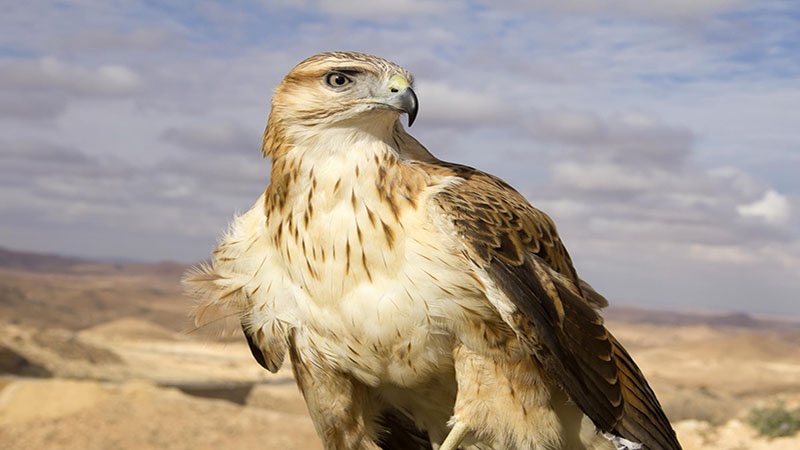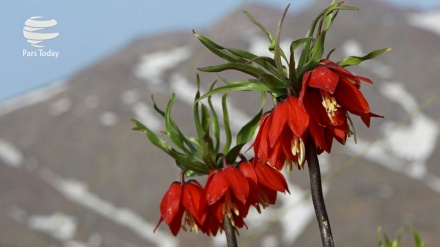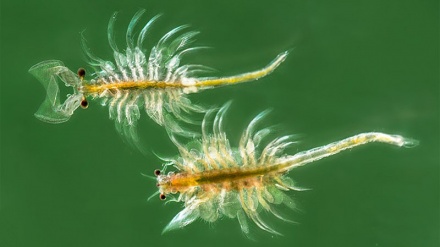Iran’s rare animal and plant species (12)
One of the birds of prey species of Iran is the long-legged buzzard, under the scientific name of Buteo Rufinus.
This bird of prey is diverse in colors and is usually identifiable via its behavioral habits, sitting posture, and short neck. Given that this bird is on the verge of extinction, it is enlisted among the protected birds in Iran.
Buzzards’ length usually varies between 51 to 71 centimeters and the distance between the two rear ends of its wings stands at 110 to 130 centimeters. It is named among the medium-sized birds of prey. These birds can be spotted by the shape of their bodies. The colors their feathers and wings are diverse and usually dark brown. Underneath their wings is pale in color, while there are numerous white spots on their abdomens. Their legs are feather-less and pale yellow in color. The body of these birds varies in color from pale brown to dark brown, with their beaks being dark brown or black in color. In contrast to eagles which maintain a long neck; long-legged buzzards have a small neck and head and an overall small body.
The male and female buzzards are similar to each other. However, female buzzards are a bit bigger with dark brown feathers. The front part of bodies of female buzzards is paler in color, with dark stripes spotted in this part of their bodies. The color of buzzards’ eyes is dark and pale brown; their legs are yellow, and their beaks are black in color. This animal’s weight is 500 to 700 grams.
Buzzards can fly with open wings for hours. In this situation, they keep their wings straight and partly upwards. They fly at a low speed and at times flap their wings while standing still. In order to hunt, they usually jump on small mammals such as mice, rats, marmots, and rabbits at low altitude, and also show interest in feeding on animal corpses. These birds of prey also at times lurk on tree branches for hours and attack their prey upon spotting them. They may lurk in silence for a number of hours. Buzzards seek their own territory. Upon the approach of the mating season, male buzzards usually carry out air maneuvers in order to attract female buzzards. As of March to May, female and male buzzards usually make nests over large trees, located on the margins of forests. Their nests are usually made of a pile of narrow tree branches covered with green plants; within which the female buzzard lays two to four eggs; with their offspring leaving eggs after 33 to 38 days. The female buzzard usually sits on eggs for three weeks, while the male buzzard provides food. Their offspring’s feathers are usually complete 50 to 60 days after their birth. However, female and male buzzards usually feed their offspring for six to eight more weeks. Buzzards reach puberty at the age of three and their lifespan is normally 25 years.
Long-legged buzzards’ habitats cover wide regions. The Atlantic Ocean islands, and Eastern Europe, North Asia, Central Asia and Japan are the habitats of this bird of prey. The buzzards, which live in Britain, Southern Europe, Turkey, Caucasus, Japan, and smaller islands, usually reside in their habitats all year long. However, buzzards which live in other regions usually migrate. Those birds that reproduce in the northernmost regions usually go on very long trips southwards, to spend the winter season in Africa, Arabian Peninsula, India, China, and Indochina. Buzzards may form flocks in their migration to warm or cold regions.
Long-legged buzzards of Iran usually live in northern, northwestern, and western regions of Iran in the winter season and reproduce in these habitats. This bird of prey usually builds nests in forested regions, distant foothills, farmlands, and over coastal rock. Inappropriate food, excessive heat or cold, and illnesses pose a threat against the life of this bird of prey. In Islamic Republic of Iran, environmentalists make utmost efforts to protect this bird, and to guarantee its survival.
MR/SS



